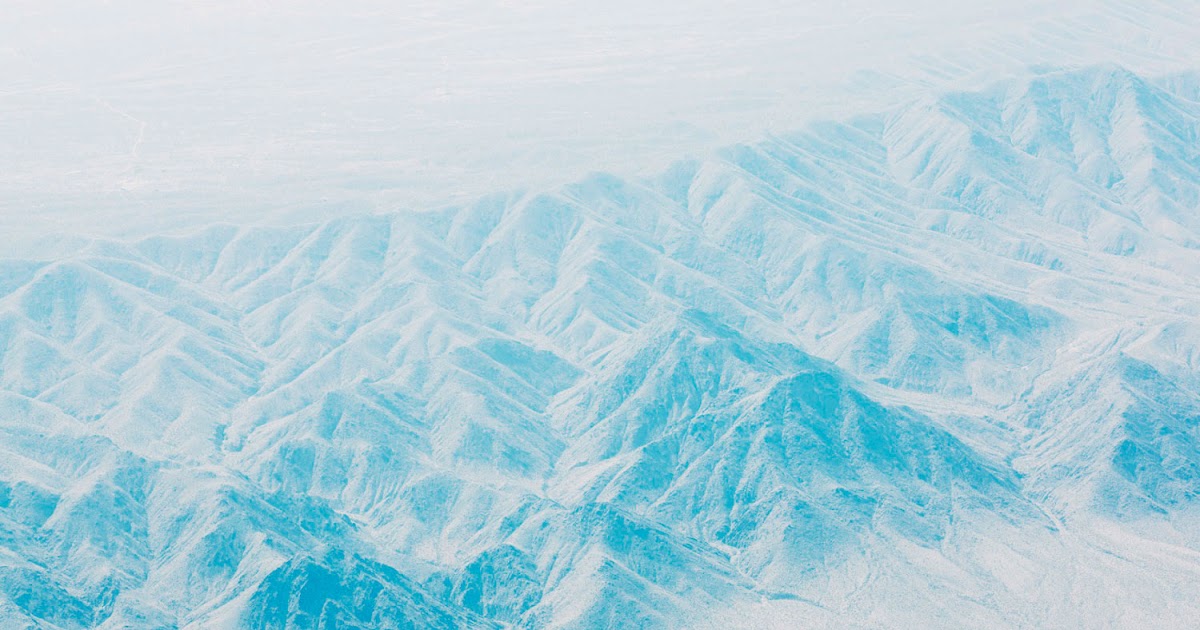Jim Romenesko
via Jim Romenesko: http://jimromenesko.com/2012/07/31/explanation-please-twitter/
After The Independent’s Guy Adams was suspended from Twitter for posting an NBC executive’s public work email address, Laura Gluhanich tweeted….
via Jim Romenesko: http://jimromenesko.com/2012/07/31/explanation-please-twitter/
After The Independent’s Guy Adams was suspended from Twitter for posting an NBC executive’s public work email address, Laura Gluhanich tweeted….
Here is the story of his amazing, heartfelt adventure photographing extreme skiing at Chamonix with what he thought was an unlikely camera: the formidable medium-format Leica S2
Los Angeles-based Michael Goldberg photographed these candid portraits on the streets of Madrid, New York, Sydney, Bangkok and Barcelona over two years. In this work he aims to ‘blur the line between fact and fiction, and play the tradition of candid street photography off the more artificial look of theatrically-staged photography’.
Last weekend, I was at a house party and on the television was a show highlighting top Olympic moments of the past.
As I sat and watched the highlights, I realized that during the three Olympics that I have photographed (Athens, Torino and Beijing) I have witnessed some incredible moments.
Jesus Christ, that’s depressing. For a photo to be W.PPA-worthy, it apparently has to make you involuntarily curl into a ball and cry all the water out of your body, so next tip for spotting a good photo: If it instantly makes you want to kill yourself to escape all the horrors and evil in the world, you’re on to a winner.
Know when to back off. It’s all well and good to quote case law and scream about your rights (and believe me, I’ve seen plenty of photographers whip out these old chestnuts,) but at some point it’s not going to be enough and you’ll be faced with having to either keep shooting knowing you face arrest, or to back off and reassess from another angle. Understand that if you’re arrested, you’re not going to get your photos out. In the event that you are arrested, make sure you’ve got a complete list of your gear and their serial numbers, and carry enough cash to post bail.
The bombing in Damascus “emboldened the rebels to go on the offensive, for a moment suggesting that a perfect storm would lead to the imminent fall of the regime,” Saman wrote to me from his home base in Cairo. “Here we are a month later, with people dying at a rate of about sixty per day, as both sides hunker down and prepare for a long and vicious civil war that will inevitably affect any chance at further reconciliation.”
The rumours are starting to fly with Photokina around the corner. Below is the first spec list of a camera said to be Canon’s big megapixel entry.
Over a two-year period I encountered scenes both bloody and harrowing: hospital emergency rooms, morgues and the confused aftermaths of random shooting sprees. After every new massacre, the newspaper headlines were always the same: “We thought we were the safest place in America.”

Contact David Ryle Arch 348 No.37 Ermine Works London E2 8BF Telephone +44 (0)20 3487 0701 david@davidryle.com Mobile …
Link: http://listbyjon.blogspot.com/2012/08/8-david-ryle.html
There just didn’t seem to be enough hours in the day that I could manage so that the work load of both shooting and file management was done with confidence and competence. In addition, I was exhibiting signs of retrograde camera envy. Besides the digital cameras at hand, I wanted to shoot with my 1940s Speed Graphic, a beautiful old beast of a press camera, with a 1943 aerial recon camera lens on it. I have shot with this camera for a decade, and find that when I look into its amazing viewfinder, I see things I just miss with my digi cams. The old lens, long and fast, sees the world in a very different way than the Canons, and in many ways IS a perfect foil for the smaller more agile counterparts. First, it uses Film. There is no practical affordable digital back for a 4×5” camera at least not yet, and frankly I kind of hope no one develops one anytime soon. There is, in the use of film, film holders, and a semi ancient camera, something very satisfying, very “I have to get this in ONE shot,” something very, shall we say, Romantic.

Facing criticism for presenting a limited view of life on the Pine Ridge reservation, Aaron Huey let its residents tell their own stories.
via Lens Blog: http://lens.blogs.nytimes.com/2012/08/17/photographing-and-listening-to-the-lakota/
A few months after the Lens piece was published, Mr. Huey received over 40 letters from students at the Jesuit-run Red Cloud High School. Many of the letters asked why he couldn’t show families like theirs: sober, employed, “normal.” The students wanted him to balance the story and to include them. The letters stuck with Mr. Huey.
In this episode of Picture Perfect, VICE visits Magnum photographer Christopher Anderson at his studio in Brooklyn to talk about some of his past work and the life-changing experience of boarding a handmade boat that sank in the Caribbean. He tells us that his current project of photographing New York is part of his artistic growth and an effort to turn inward. As we follow him on assignment, Anderson explains that he’s not just focused on the task at hand, but also interested in the way his photographs build upon each other through the years.